Androgenic anabolic steroids (ΑΑS) may become toxic to renal metabolism, through the process of glomerular filtration in the kidneys. The first part of AAS metabolism takes place in the hepatic parenchyma (liver), but later on, chemicals have to be eliminated as waste products through urine. That takes place in glomeruli and renal tubules (proximal & distal).
Creatinine serum level (<1.3) is the most common marker of renal function. Other biochemical parameters involve urea (>50), uric acid (>7.5), potassium (K), and phosphate (P) serum levels. All of these, however, are poor indicators of renal function, since their production depends on several other non-renal factors as well. Urea is affected by hydration, for example. In cases of dehydration, hematocrit falsely raises and blood becomes more concentrated. As a result, plasma and its components become more concentrated too. Uric acid is also affected by specific dieting, such as foods rich in purines (red meat, viscera, seafood). It is notable that urea and creatinine will not be raised above the normal range until 60% of total kidney function is lost. Hence, the more accurate and reliable creatinine clearance at 24hrs is measured, whenever the renal disease is suspected.
Creatine consumption affects creatinine’s serum levels since it is metabolized into it. Creatine is an ingredient of red meat; therefore its consumption will also increase creatine concentrations. Moreover, creatine monohydrate powder is used as a muscle-building supplement. Loading doses of 20 g/day for 5 days and then maintenance doses of 5 g/day are considered to be safe, always with proper hydration. Protein and creatine supplements with a high protein intake of >300 g/day increase glomerular filtration rates and have been associated with focal segmental glomerulosclerosis and acute tubular necrosis.
As BMI elevates in huge athletes (>30), it is obvious that the more muscle tissue they carry, the more creatine will be within their skeletal-striated muscles. Therefore, creatine will readily be converted into creatinine, thus raising its absolute evaluation.
On the other hand, athletes with a raised BMI due to increased lean muscle mass are also at increased risk of developing focal segmental glomerulosclerosis. Greater body mass can lead to glomerular hyper-filtration, which in time can lead to mechanical strain and scarring. When BMI is raised and over-training occurs, rhabdomyolysis is also a significant risk, since more myoglobin is released into plasma compared to a smaller athlete. Myoglobin is a toxic protein to the renal glomeruli.
Diet also affects the urine’s pH. Nutrition high in animal protein is responsible for acidic urine (pH<5.5), while a vegetarian diet turns urine’s pH alkaline (pH>7.0). An acidic urine can be responsible for kidney stones formation.
Ketosomes are detected in a biochemical analysis, as a result of a high protein-low carbohydrate dieting. When protein consumption is extremely high (>3g/kg), such as in the glycogen depletion phase, ammonia (NH3) is a toxic waste product of the urea cycle. When ammonia levels rise dramatically in blood, skin, and sweat get a characteristic heavy odor.
Excessive over-training is also stressful to renal function. During rhabdomyolysis, myoglobin is released into the plasma. That particular protein is the vehicle of oxygen to skeletal muscles. When myoglobin concentration increases dramatically after severe inflammation in muscle fibers, it stresses renal glomeruli and tubules, potentially leading to acute tubular necrosis. Glomerular filtration rate falls, creatinine elevates, and the kidney is unable to perform its normal excretory functions. This causes disruption of electrolyte regulation, leading to a further rise in potassium levels. Hyperkalemia might also lead to heart arrhythmias, such as atrial fibrillation or ventricular tachycardia.
Occasionally, when calcium (Ca) retention increases, for example as a result of nandrolone abuse (prescribed to osteoporosis-osteopenia-bone fractures), stones are formed within ureters, or even in renal cortex. Sometimes, this may lead to bleeding as stones ulcer the urothelium. As a result, macroscopic hematuria occurs and the urine becomes reddish. If left untreated, anemia develops (Htc, Hgb drop).
Urine can be colored from natural sources, such as vegetables (beetroot), or vitamins (riboflavin B2), as well as the presence of red blood cells in the urine, which turns the urine pinkish. A well-hydrated person has diluted urine with a low urinary specific gravity (1005). On the contrary, dehydration causes concentration in the urine, with a specific gravity of 1030 and yellowish color.
AAS abuse may have serious harmful effects on the kidneys that were not previously recognized.”
Trenbolone appears highly toxic to kidneys. During a cycle with trenbolone, the urine often turns to brownish color, with a characteristic heavy odor. Stanozolol is a 17 alkylated AAS and highly hepatotoxic, but can also be responsible for kidney damage. It has been shown to cause focal segmental glomerulosclerosis, tubular necrosis and acute renal failure in some cases. This serious complication usually requires dialysis (hemodialysis, peritoneal, hemofiltration) or renal transplantation.
Focal segmental glomerulosclerosis is a condition in which there is focal scarring of some glomeruli within the kidneys. It affects majorly the filtration process, leading to proteinuria, edema in the face and lower extremities, hypoalbuminemia progressing to end-stage renal disease. During acute renal failure, the patient develops hypertension and anuria (urine volume<500ml). In microscopic urinalysis besides moderate or severe proteinuria, microhematuria and cylinders are present.
Another factor that may contribute to renal impairment is the high incidence of polypharmacy in AAS abusers. The combination of AAS and other nephrotoxic drugs such as NSAIDs (diclofenac), antibiotics(aminoglycosides), diuretics(furosemide) and β2 agonists(clenbuterol) via vasoconstriction, which can lead to hypertension, may accelerate progression to serious and irreversible kidney damage. As known, kidneys regulate systemic blood pressure through the Renin-Angiotensin system.
In rare cases, the abuse of AAS has been involved in the development of kidney tumors, either Wilm’s tumor or nephroblastoma. Clinical presentation is generally with lower back pain, hematuria and a renal mass found on imaging studies (U/S, C/T).
The findings indicate that the mechanism of renal injury in AAS abuse is likely multifactorial.
Firstly, biopsy features from AAS users suggest that AAS has a direct toxic effect on glomeruli. Aside from increased lean body mass, these athletes have additional factors that could exert stress on glomeruli and renal tubules:
- Diets high in protein (>3gr/kg) and creatine (>10gr/day) causes chronic hyperfiltration.
- Excessive over-training causing rhabdomyolysis (CPK>1000), can result in acute tubular necrosis.
- An acidic environment in the kidneys (Ph<5) is responsible for the formation of kidney stones.
Finally, it should be emphasized, that physicians should be alert since the early stages of focal segmental glomerulosclerosis are likely to be under-diagnosed, especially in bodybuilders, whose serum creatinine level is usually elevated (>1.5) from the increased muscle mass (BMI>30) or high creatine intake (>20gr).
References:
- Leal C. Herlitz, Glen S. Markowitz, et al. Development of Focal Segmental Glomerulosclerosis after Anabolic Steroid Abuse . J Am Soc Nephrol. 2010; 21(1): 163–172.
- Safa E. Almukhtar, Alaa A. Abbas, et al. Acute kidney injury associated with androgenic steroids and nutritional supplements in bodybuilders. Clinical Kidney Journal, 2015; 8 (4): 415
- Patrick Harrington, Galil Ali, et al. The development of focal segmental glomerulosclerosissecondary to anabolic steroid abuse. BMJ Case Reports 2011; doi:10.1136/bcr.07.2011.4531
- Pendergraft WF, Herlitz LC, et al. Nephrotoxic effects of common and emerging drugs. Clin J Am Soc Nephrol 2014; (9): 1996–2005.

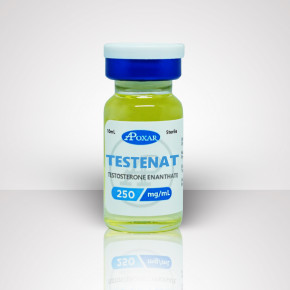
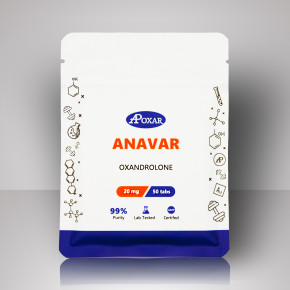
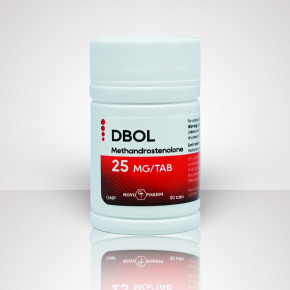
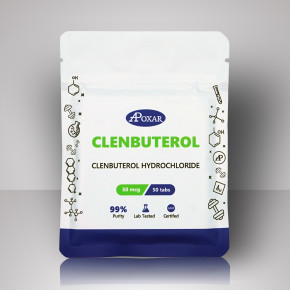
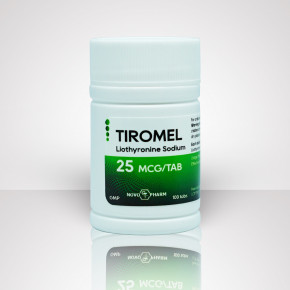
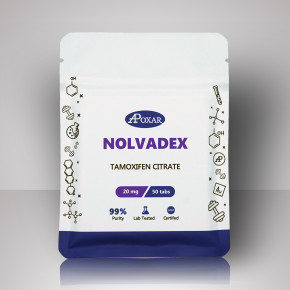
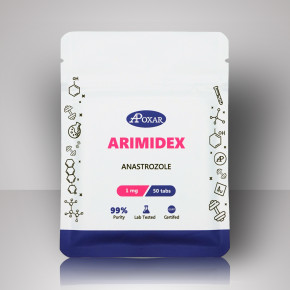
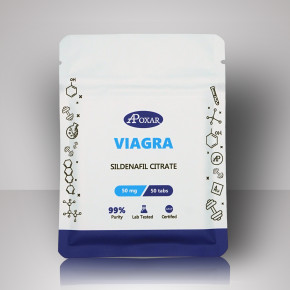
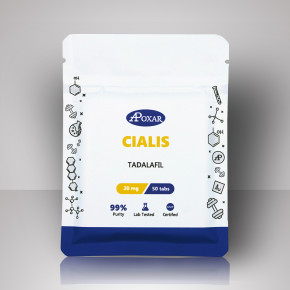
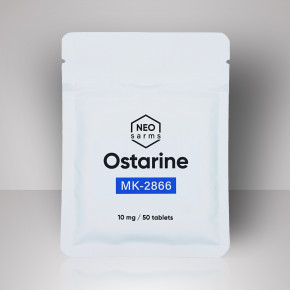
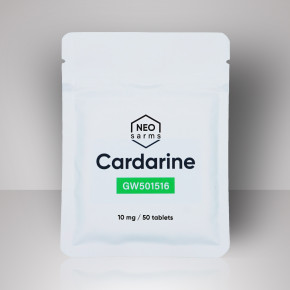
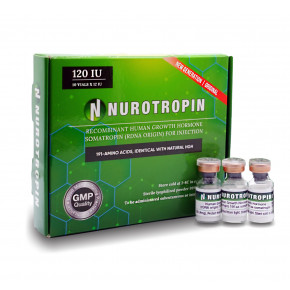
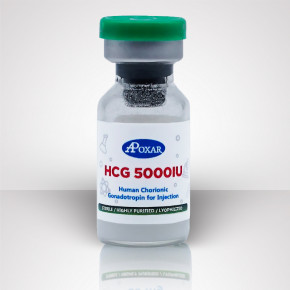
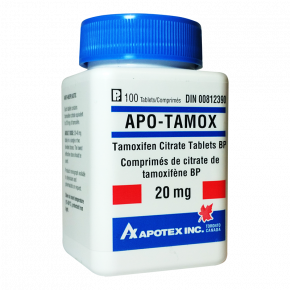
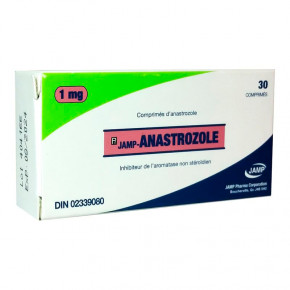
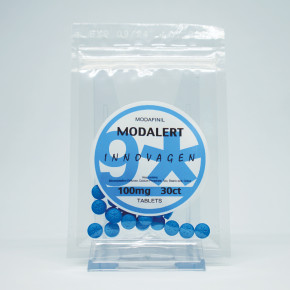
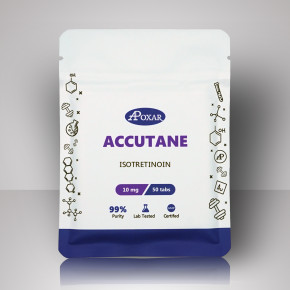
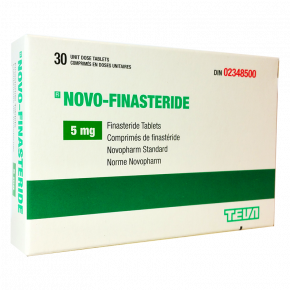
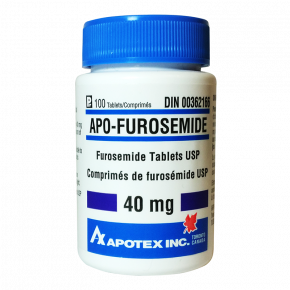
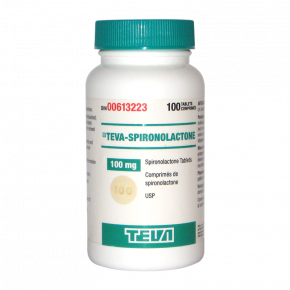

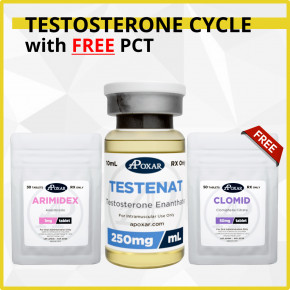
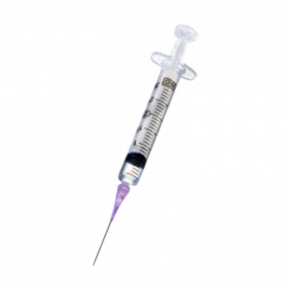
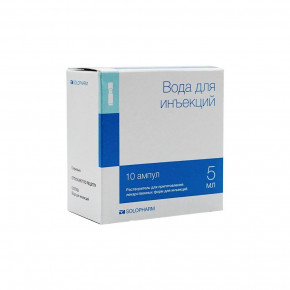

 Proudly Serving Canadians Since 2012
Proudly Serving Canadians Since 2012